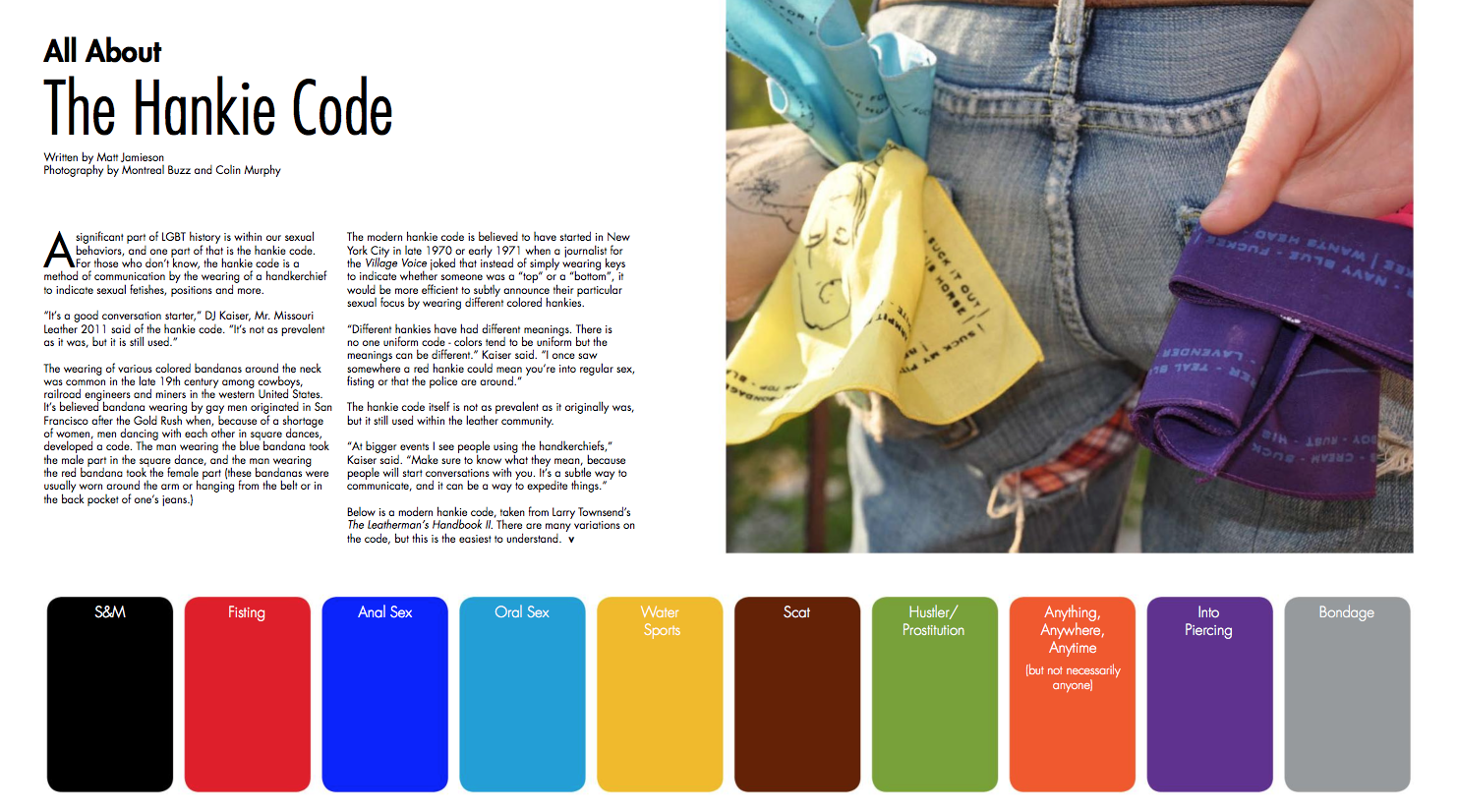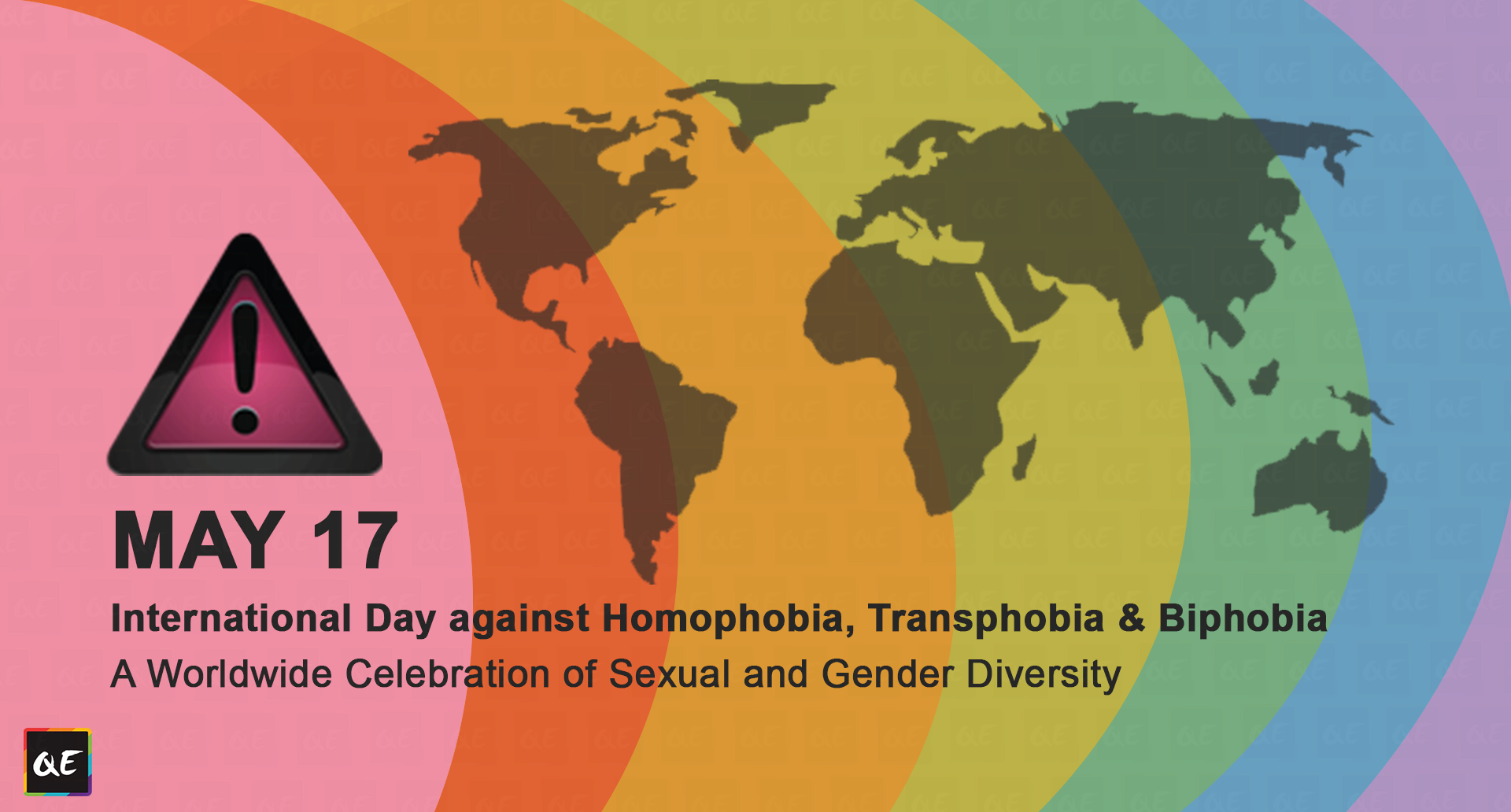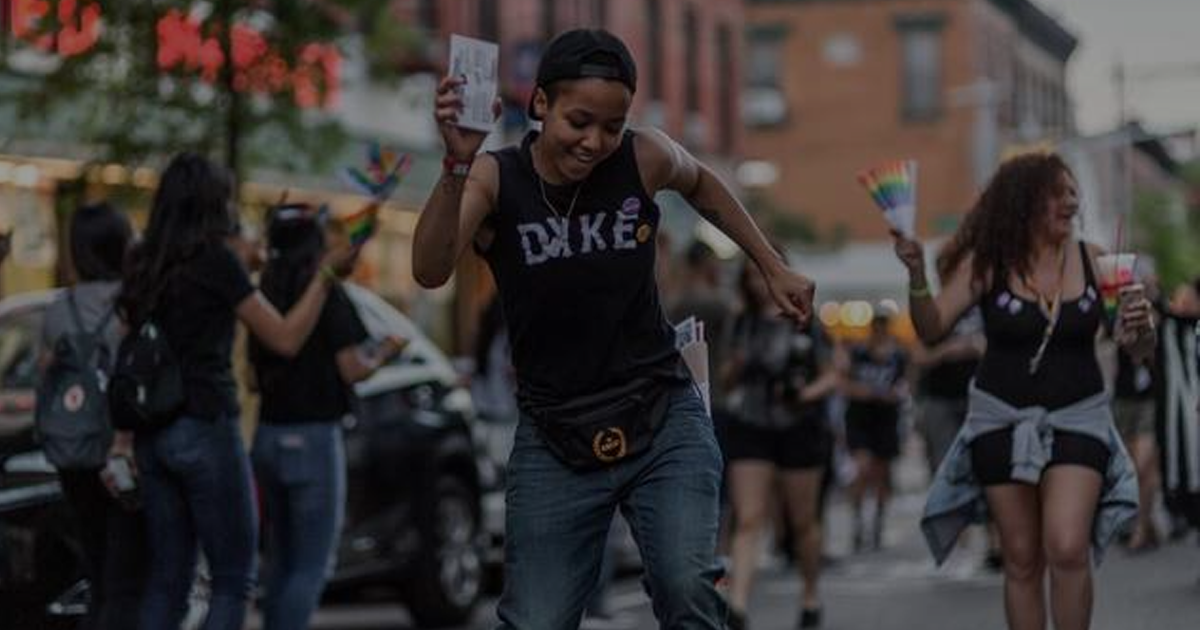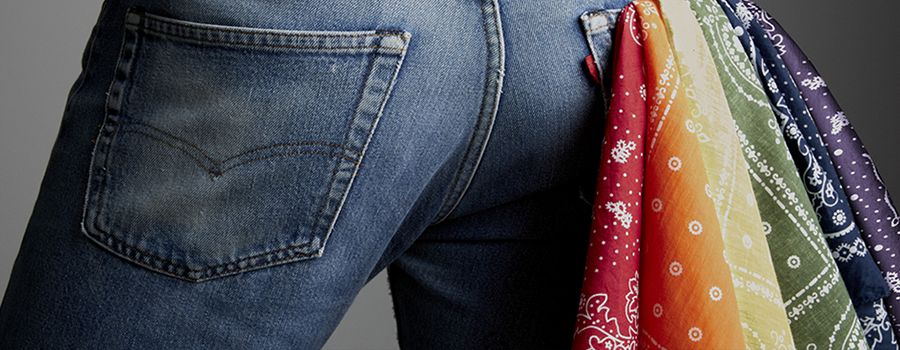
Colour Codes: Flagging in the Queer Community
Before Grindr the queers wore their preferences on their sleeves (and back pockets)
February 14, 2018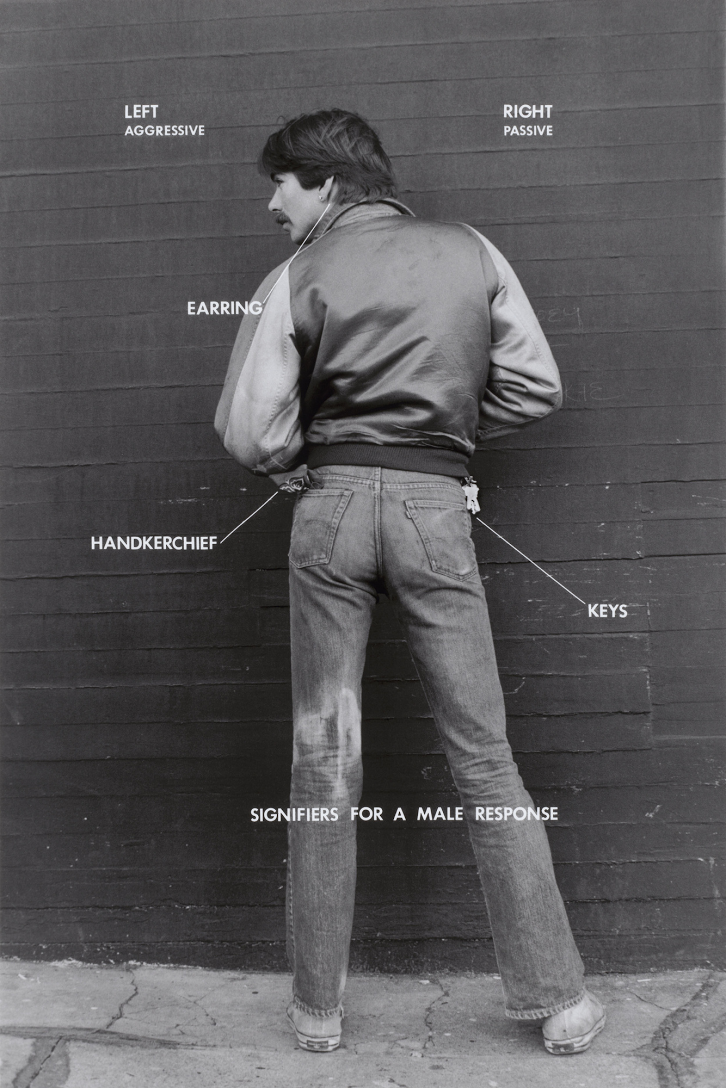
The versatile bandana can be found in all the colours of the rainbow and years before Gilbert Baker designed the rainbow flag, the most recognised symbol of the queer community, some were already flagging.
In a time where a discreet means of finding other queers and a means of quickly identifying interests was needed, bandanas or hankies which were readily available in a variety of colours and prints. They were worn wrapped around biceps or tucked into the back pockets of pants and, both their colours and placement, left side or right, became the key in a system of coded messages signalling an individual’s sexual proclivities, tastes and kinks: the ‘hanky code.’
Creating the Code
The code is generally believed to have been ‘officially’ launched in 1972 by Alan Selby of Mr. S Leather and Ron Ernst and Pat O’Brien of Leather ‘n’ Things. They worked together at this time, developing many of the products that are today considered classics of leather style. This was when Mr. S Leather was still based in London UK, well before there was a retail outlet in San Francisco. Selby described the circumstances that led up to the publication of an initial list of coded colours:
“We had gotten an order in from a bandana company and they had inadvertently doubled their order. Since we’d just started doing business with them we didn’t want to return the order, so we had to think up a way of selling all these extra dozens of bandanas…the hanky code took off like a whirlwind and spread internationally…we worked together deciding which colours were going to represent what.”
Flagging is a way of communicating basic information without needing to speak. Bandanas are soft introductions. They are self-labelling devices, material imbued with meaning, intended to provide enough information for cruising parties to determine the likelihood of an erotic match. In many cases, they provide a way of making an initial connection.
When worn on the left side you were recognised as a top, and right side, bottom. This was a universal recognition signal. While it initially started with only a few colours, an expanded array of specialty colours (and coded objects) were developed to convey, what are in many cases equally obscure sexual practises.
Do you know the hanky code?
Key Codes and the Lesbians
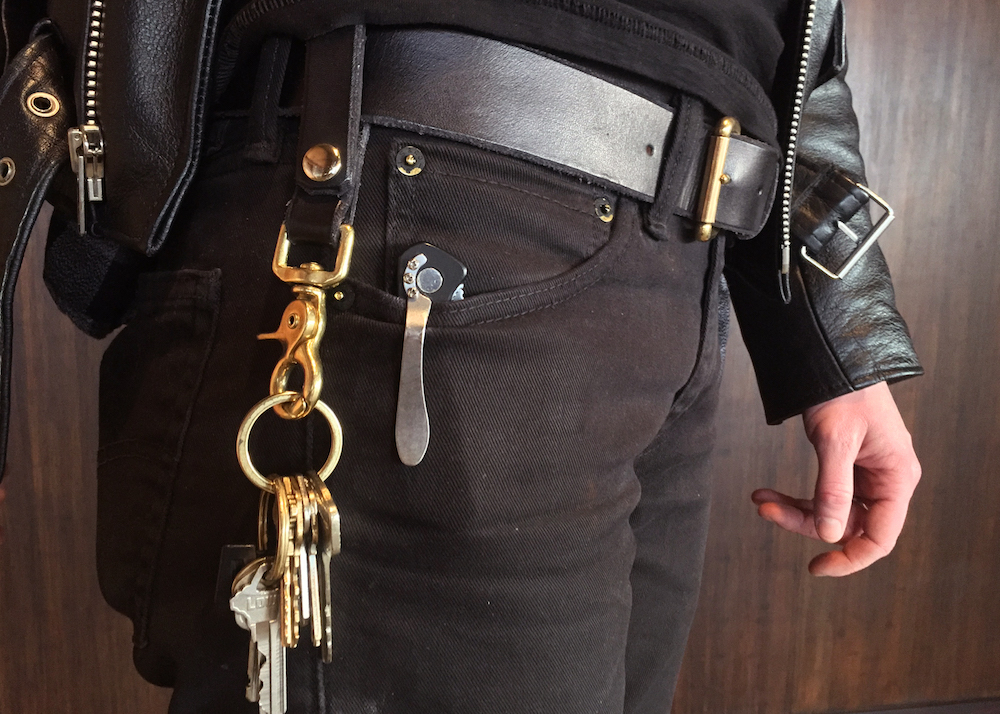
In addition to gay and bi men, lesbians would also wear their keys hanging on a chain from their pockets to indicate top or bottom. This code followed the hanky code rules with keys hanging on the left indicating top, or keys on the right, bottom.
People involved in the leather scene used to (and sometimes still do) wear their keys clipped to their belt loops based on their sexual preferences: on the right side to indicate that the wearer is a bottom, and left if she’s a top. One oft-repeated theory says a Village Voice writer once jokingly suggested that gay men should dispense with this binary key system and develop a more complex system to reflect a broader taxonomy of sexual desire, thus sparking the creation of the hanky code.
The beltside key ring is one of the most enduring sartorial symbols of lesbian culture, one of the few stereotypes of our kind that’s both inoffensive and true. Baby queers searching the internet for ways to find their people and send out lesbian vibes will learn that “the universal key chain signal for lesbians is the carabiner clip” and even straight people know it.
Femmes and Flagging
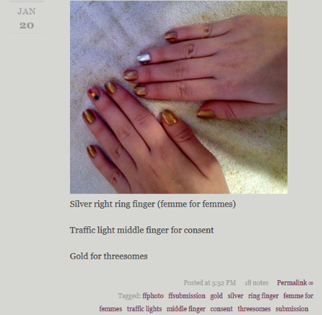
The hanky code has most often been associated with gay and bisexual men, though it doesn’t belong to just them. In more recent years, femmes in the queer community have developed their own form of flagging in response to femme invisibility. Femme invisibility is the term for what feminine-looking queer women experience when they try to convince other lesbians that they are, in fact, queer. It’s the utter lack of being seen as lesbians. For most femmes, bandanas or keys hanging from pockets would stand out rather than be discreet.
The idea behind femme-flagging manicures is that they’ll signal to nearby queers that you’re a woman who is attracted to other women. Primarily, most femmes will paint all their nails one color, and then paint their ring fingernails, or ring and middle fingernails, a different color (their “flagging” color). A pink manicure with a glitter ring finger, for example, could mean “femme for femme” (i.e. I am a femme lesbian who prefers to date other femme lesbians). Meanings traditionally parallel the traditional hanky code colors –- i.e. grey for bondage, black for S&M, light blue for oral, and so on.
The one potentially fatal flaw of the finger-flagging system is the two-toned approach to nails has become a larger, mainstream trend among straight women as well. Just like some straight dudes just put handkerchiefs in their pockets because it’s convenient, some women paint their nails different colors because it’s pretty.
The Ace Ring
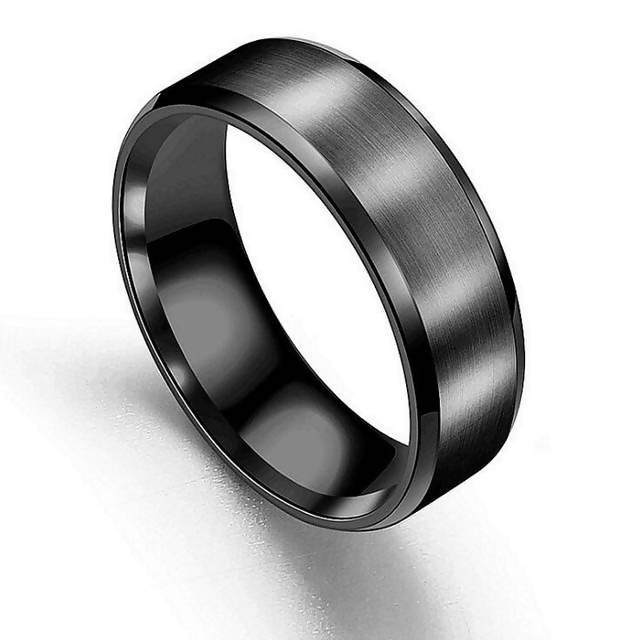
Another way of flagging in the community, specifically the Asexual community in this case is by the use of a ring. Called the Ace Ring - this is a plain black ring, usually worn on the middle finger of the right hand. Tungsten carbide or Hematite are the most popular types of rings, but any material can be used. Originally discussed as an idea of the AVEN (Asexual Visibility & Education) message boards, this idea has caught on since it was proposed in 2005. For many, the ring is not only about signalling their identity but also gives a reminder that they are not alone.
Codes Today
While there has been a resurgence in the hanky code after it fell out of use, not everyone within the Queer community engages in signalling. So don't assume that because someone is not signalling, that they aren't part of the queer community. However, many of these signals endure today, many lesbians can't be found without their trusty caribiner clips, and the ace ring is still popular. Many use these symbols today as a reminder that they are not alone and there is a community that is just like them. If you feel an urge to display some of these codes, go ahead! you may make someone's day.... or yours ;)
Food for Queers
Stay Safe. Not Hungry
Providing support for 2SLGBTQ+ folks experiencing food insecurities within the city of London

